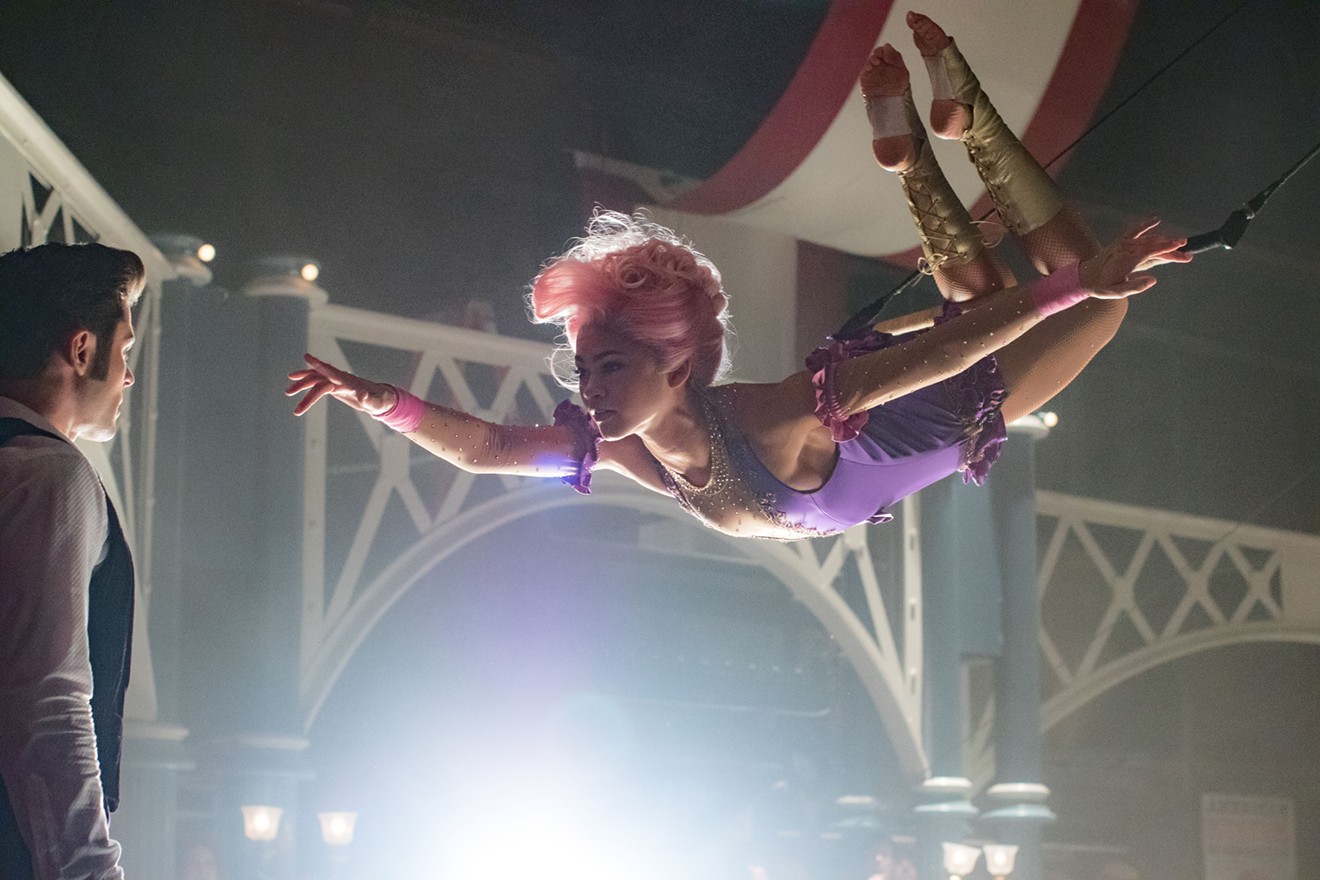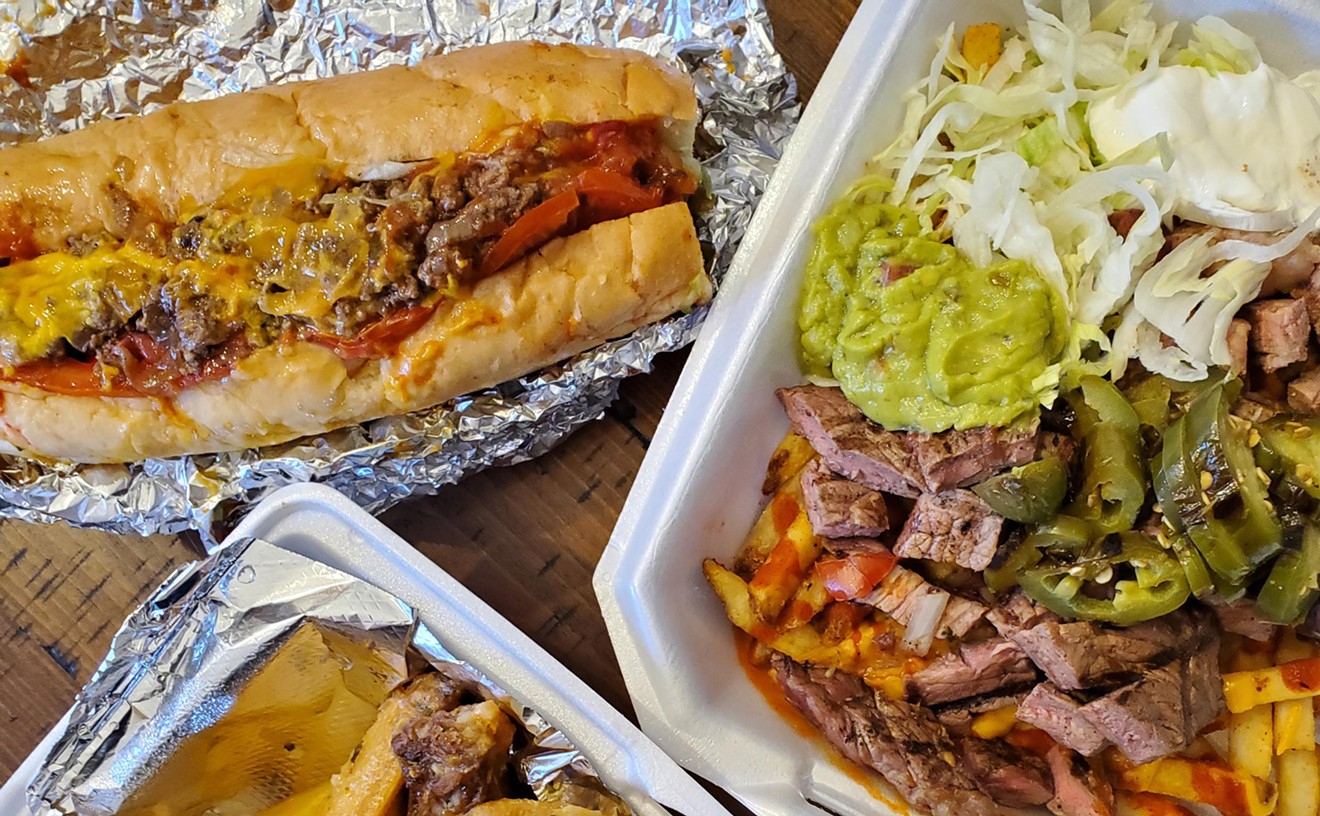While watching Michael Gracey’s carefully sanitized P.T. Barnum biopic musical The Greatest Showman, I kept thinking of other titles the film could have had: Dancing With the Stars: Wolverine Edition. Diversity: A Lot of White Guys Wrote These Songs. Don’t Worry: The Elephants are CGI. This is a film for folks who thought Moulin Rouge was too racy and had too many distinct songs with distinct flavor or genre (soul/funk/rock) and would prefer instead that a computer algorithm that overemphasizes the words “eyes,” “stars” and “dream” spit out flattened, autotuned anthems. Hugh Jackman is charming as ever, and two dance scenes are mildly inventive and well-executed, yet Jackman’s goodwill and a splash of inspired choreography are not enough to earn the “greatest” in the title.
The story starts at the end. Or the middle? But also the beginning. Never mind. All you need to know is that the second the movie opens, we’re thrown into a big song-and-dance number, where Barnum (Jackman) sashays and spins through a circus ring, adored by his also-dancing “freaks.” And then that segues right into another song-and-dance number, where young Barnum (Ellis Rubin) is the poor son of a tailor trying to charm a little rich girl named Charity (Skylar Dunn). Then that turns into a montage of little Barnum writing letters to Charity, caring for his dying father and stealing bread to survive before joining a traveling circus and returning to propose to Charity. If all this sounds confusing and a bit much for the first fifteen minutes of a movie, yes, it really is. There’s no breathing room between scenes, no respite where we can assess story or character. One thing happens, then another and another. We’re bombarded by pop ballads that demand we simultaneously look up at the sky but also close our eyes and dream. It’s like they found the lyrics by trolling the pretty pink Instagram memes of American tweens.
Eventually, the narrative does settle some, just long enough for us to grasp that grown-up Barnum has temporarily taken a boring desk job to support Charity (Michelle Williams) and their two daughters. One particularly pleasing “scene” comes when Barnum gazes outside his office window to see yet another drab office building and a quaint little cemetery beyond it. Yes, it’s three whole seconds of thoughtfulness and exactly what I would like out of a film like this on occasion. We know what Barnum did — that’s all written in the history books. What a film musical could illustrate is why he was driven to do it. But all The Greatest Showman ever offers as explanation is that he wanted to show the rich folks who discounted him — like Charity’s father — that he could make something of himself. In between this barrage of dance numbers, Jackman attempts to convey Barnum’s worries about societal validation with a quiver of a lip or downcast eyes. It is, to quote one of the film’s songs, “never enough” to make the character compelling.
But there are things to like about The Greatest Showman. Zac Efron is infuriatingly talented. Efron (as Phillip Carlyle) and Jackman both radiate an impishness and glimmer when singing and dancing; they relish being the showboats and have the skills to back it up. In one number, Barnum tries to get Carlyle liquored up in a pub to convince him to join the circus show. This turns into a dance duel, where they one-up each other until Carlyle is on top of the bar, hopping over the shots the bartender lines up between Carlyle’s constantly moving feet. It’s one of those routines where you can imagine everyone on set cheering when they finally got it right.
In another Efron number, Carlyle is paired with a trapeze artist named Anne Wheeler, played by Zendaya. She swings on a rope, flying through the air, then swoops down to meet Carlyle, who embraces her, only to see her fly away again. It’s lovely choreography, a genuinely thrilling moment in a film that’s mostly Cirque du So Lame. The chemistry between Carlyle and Anne radiates in every frame they are together. I would have liked seeing more of Anne’s story; here, she’s just a trapeze artist with an overprotective brother. But that kind of detail and richness of character isn't what you'll get in The Greatest Showman, a perfunctory effort in story, music, dance and direction that proffers empty messages about uniqueness, reaching not for the stars but for bland homogeneity.
[
{
"name": "Air - MediumRectangle - Inline Content - Mobile Display Size",
"component": "12017618",
"insertPoint": "2",
"requiredCountToDisplay": "2"
},{
"name": "Editor Picks",
"component": "17242653",
"insertPoint": "4",
"requiredCountToDisplay": "1"
},{
"name": "Inline Links",
"component": "18838239",
"insertPoint": "8th",
"startingPoint": 8,
"requiredCountToDisplay": "7",
"maxInsertions": 25
},{
"name": "Air - MediumRectangle - Combo - Inline Content",
"component": "17261320",
"insertPoint": "8th",
"startingPoint": 8,
"requiredCountToDisplay": "7",
"maxInsertions": 25
},{
"name": "Inline Links",
"component": "18838239",
"insertPoint": "8th",
"startingPoint": 12,
"requiredCountToDisplay": "11",
"maxInsertions": 25
},{
"name": "Air - Leaderboard Tower - Combo - Inline Content",
"component": "17261321",
"insertPoint": "8th",
"startingPoint": 12,
"requiredCountToDisplay": "11",
"maxInsertions": 25
}
]











